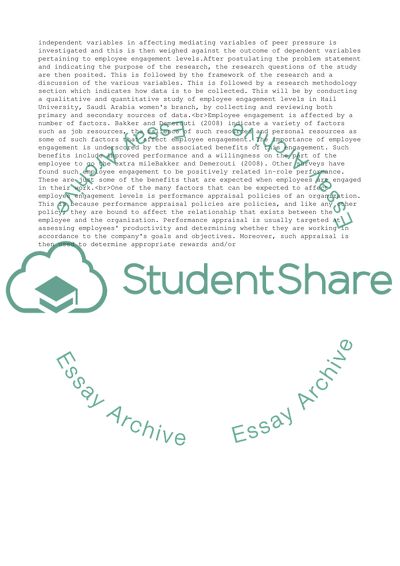Cite this document
(“The Effect of performance appraisal policies on the Level of the Thesis Proposal”, n.d.)
Retrieved from https://studentshare.org/management/1651388-the-effect-of-performance-appraisal-policies-on-the-level-of-the-employees-engagement-in-hail-university-saudi-arabia-women-branch
Retrieved from https://studentshare.org/management/1651388-the-effect-of-performance-appraisal-policies-on-the-level-of-the-employees-engagement-in-hail-university-saudi-arabia-women-branch
(The Effect of Performance Appraisal Policies on the Level of the Thesis Proposal)
https://studentshare.org/management/1651388-the-effect-of-performance-appraisal-policies-on-the-level-of-the-employees-engagement-in-hail-university-saudi-arabia-women-branch.
https://studentshare.org/management/1651388-the-effect-of-performance-appraisal-policies-on-the-level-of-the-employees-engagement-in-hail-university-saudi-arabia-women-branch.
“The Effect of Performance Appraisal Policies on the Level of the Thesis Proposal”, n.d. https://studentshare.org/management/1651388-the-effect-of-performance-appraisal-policies-on-the-level-of-the-employees-engagement-in-hail-university-saudi-arabia-women-branch.


